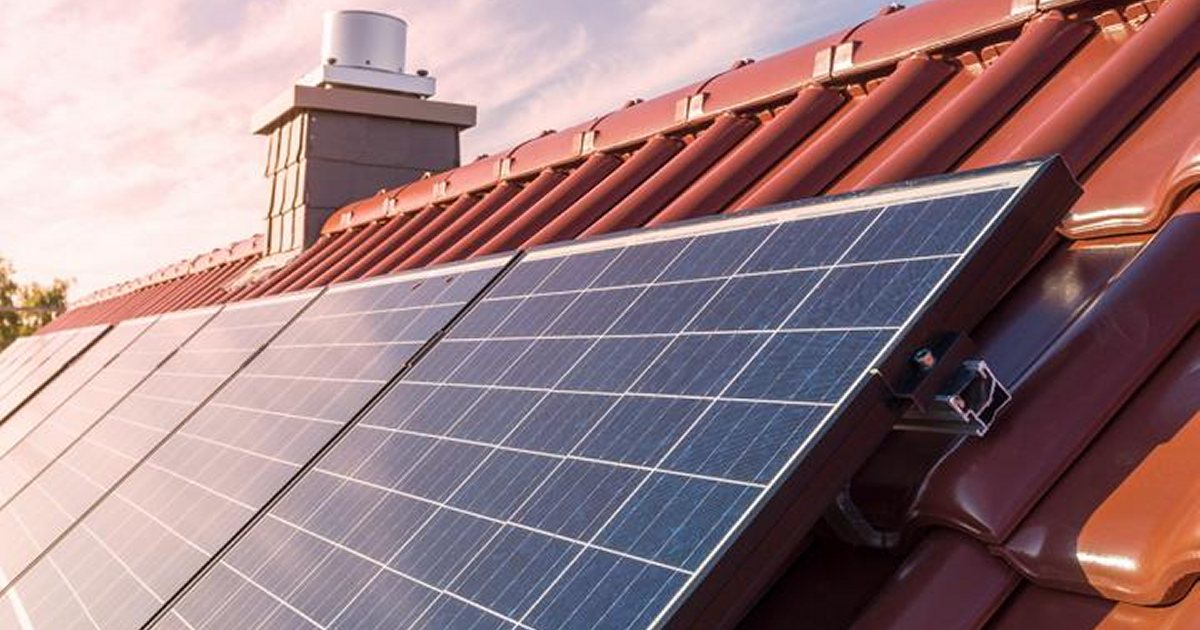
Proposed new minimum feed in tariff rates in Victoria will make maximising solar energy self-consumption even more attractive.
Victoria’s Essential Services Commission released its draft decision on minimum feed-in tariff rates from 1 July 2021 yesterday. To quickly rip the band-aid off: the proposed minimum single rate feed-in tariff (which most solar owners would be on) for 2021–22 is 7.1 cents per kilowatt-hour, down from the current 10.2 cents.
Time varying feed-in tariffs are also set to fall:
| Period | Weekday | Weekend | 2020/21 c/kWh |
2021/22 c/kWh |
| Off peak | 10pm – 7am | 10pm – 7am | 9.1c | 7.1c |
| Shoulder | 7am – 3pm 9pm -10pm |
7am – 10pm | 9.8c | 6.5c |
| Peak | 3pm – 9pm | n/a | 12.5c | 11.7c |
The Commission says the proposed new time-varying shoulder feed-in tariff rate has been dropped below the off-peak rate because wholesale electricity prices are at their lowest during the day when solar energy exports are high.
The proposed drop in minimum tariff rates is largely being driven by falling wholesale electricity prices, along with falling gas prices and an increase in solar installations across Victoria. According to information from the Clean Energy Regulator, more than 45,000 new small-scale PV systems were installed in Victoria this year to September 30. Added to this are the many systems above 100kW capacity that have been put into operation.
The Commission considers several factors when calculating solar feed-in tariff rates:
- Avoided wholesale electricity price.
- Avoided transmission and distribution losses through having electricity generation closer to the point of consumption.
- Avoided social cost of carbon and human health costs.
Days Of High Feed-in Tariffs “Likely Over” But Value Remains
Feed-in tariff rates used to be significantly higher in order to encourage uptake of solar panels – which they certainly did. Since that time the cost of solar has dropped dramatically and other support schemes put in place. In the example of Victoria, there’s the Victorian solar rebate that is to be expanded.
“We need to shift the expectation that a feed-in tariff is a big part of the value of having solar power – the real and enduring value of renewable generation and storage is in not having to pay retail electricity charges for the electricity you use,” said Essential Services Commission pricing director Marcus Crudden.
It’s important to note the rates set by the Commission are minimum – retailers can offer more and often do.
Even at 7c (so slightly lower than the proposed new single rate), the SolarQuotes solar calculator indicates a 6.6kW system installed in Melbourne can achieve simple payback in 5 years, 9 months – and that’s based on just 28% self-consumption. Take that up to 56% and simple payback is estimated at 4 years, 5 months.
Compare Electricity Retailers
The Commission says solar owners shouldn’t focus solely on feed-in tariff rates when deciding on an electricity plan.
“Some plans which offer higher feed-in tariff rates may have less competitive prices for the electricity that you consume from the grid, and this may more than offset any benefit from the higher feed-in tariff,” it states.
Added to that can be other gotchas. The best electricity plan for solar owners has a good balance of high feed-in-tariff rate, low usage tariffs and low daily charges.
SolarQuotes has developed an easy-to-use tool for comparing electricity plans. While it hasn’t been updated since the end of last month while some feed issues are being sorted out, it can still provide a helpful guide.
The Commission’s proposed new feed-in tariff rates aren’t a done deal. It is encouraging feedback on its draft decision and submissions can be lodged up until 5pm, 8 January 2021. The final decision will be made in February 2021.
The full text of the draft decision can be viewed here and other information on feed-in tariffs in Victoria here.
Related: Why Solar Feed-in Tariffs Won’t Vanish Any Time Soon – Or Ever.

 RSS - Posts
RSS - Posts



I think our 8.5kW system we put in 4 years ago without the current level of Vic Gov support has been devalued continually by the Vic Gov approach to FIT. The one thing you never see in these articles is the actual wholesale prices. Do retailers really pay this little to wholesalers or is it just us solar panel owners that get the special treatment? I’d like to know the answer to that.
I’m also continually confused by the comment that electricity and gas are getting cheaper. We shop ours around regularly and at best manage to not have as big an increase. Who is getting the cheaper electricity and gas, cos it sure isn’t me?
I can see the average solar system getting smaller in Victoria, it won’t make economic sense to install large systems unless you believe a battery will pay for itself (I don’t). Shame for the environment.
It’s true because as customers we do not know how much these companies are paying for Wholesale price. Out feed in tariffs should not be going too low.